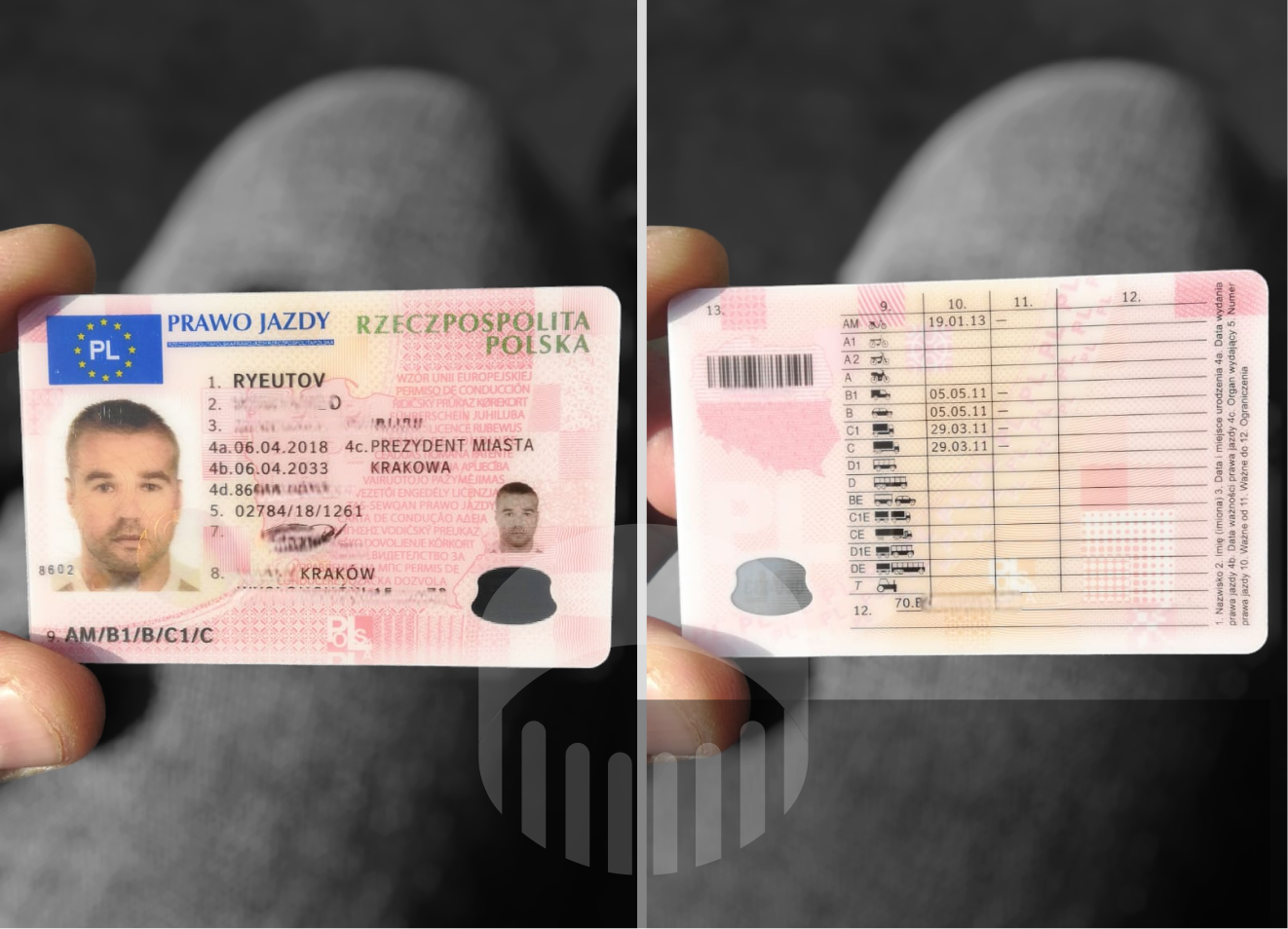Understanding Driving Licenses Abroad: A Comprehensive Guide
Taking a trip to foreign countries is a thrilling venture that opens doors to new cultures, experiences, and adventures. For numerous, the ability to drive in a brand-new nation is vital to checking out the landscape and reaching off-the-beaten-path destinations. However, browsing the intricacies of driving licenses abroad can be rather challenging. This article serves to decipher the complexities involved in acquiring and utilizing a driving license overseas, guaranteeing that travelers are well-prepared for their journeys.
Types of Driving Licenses
When discussing driving abroad, it's critical to understand the different kinds of licenses that might enter play:
- National Driving License: This is the license provided by your home nation. It is your main methods of legally operating a vehicle within your home nation.
- International Driving Permit (IDP): An IDP translates your nationwide license into multiple languages and is acknowledged in many nations. This document, combined with your national driving license, typically allows you to drive lawfully in foreign countries.
- Foreign Driving License: Depending on the nation, a short-lived or permanent driver's license released by that country may also be needed or accepted.
Driving Legally Abroad
Before striking the roadway, potential global chauffeurs need to acquaint themselves with the legal requirements for driving in their location nation. Here are some typical requirements:
- Research Requirements: Each nation has various regulations relating to foreign drivers. Some require an IDP, while others do not. Examining these requirements ahead of time can conserve time and prevent frustration.
- Age Limits: Most countries have age restrictions that need to be complied with. Usually, the minimum driving age differs, and having a valid motorist's license is often a prerequisite.
- Insurance coverage: Most nations need evidence of insurance before allowing chauffeurs to run a car. Whether it's coverage through your own provider, an alternative plan, or insurance coverage provided by a rental cars and truck agency, make certain to have this prepared before beginning your journey.
Getting an International Driving Permit (IDP)
For a lot of travelers, obtaining an IDP is a vital action in the process of driving abroad. An IDP functions as a translation of your national license and can be required by local authorities in some nations. Here's how to get one:
- Eligibility: You should hold a legitimate nationwide driving license to certify for an IDP.
Application Process:
- Find an Authorized Issuing Agency: In numerous nations, organizations like the AAA (American Automobile Association) or the AATA (American Automobile Touring Alliance) are authorized to release IDPs.
- Documents Required: Typically, you will require to send your existing motorist's license, a passport-sized photograph, and payment for the permit cost.
- Processing Time: The processing time can vary, so it's prudent to look for an IDP well in advance of your departure.
- Validity: An IDP is usually valid for one year, although this can vary by providing country and must be inspected beforehand.
Driving Norms and Regulations
Each nation has its unique traffic laws and policies, consisting of speed limitations, roadway indications, and driving rules. Familiarizing oneself with these can avoid legal problems and improve safety. Here are necessary points to think about:
- Side of the Road: In certain countries, driving on the left side of the roadway (like the UK or Australia) might be a standard, while others drive on the right. Understanding this is important.
- Speed Limits: Speed limits vary by nation and in some cases even by region within a country. Examine local indications or guidelines for guidance.
- Alcohol Limits: Many nations have rigorous blood alcohol material laws and other restrictions on driving under the influence. Familiarizing oneself with these laws is crucial.
- Seatbelt and Safety Regulations: Many countries enforce seat belt laws, and charges for non-compliance can be extreme. Furthermore, examine local guidelines concerning child security seats.
Regularly Asked Questions (FAQs)
1. Do I require an International Driving Permit to drive abroad?
While it depends on the country, many countries require you to have an IDP in addition to your national driving license. It's advisable to research requirements for the particular nation you're checking out.
2. How long is my IDP valid?
An IDP is generally legitimate for one year. It's important to check whether there are particular conditions that use, especially if you plan to remain abroad for an extended duration.
3. Can I drive in multiple countries with my IDP?
Yes, in many cases, an IDP is recognized in several countries. However, certain nations may have specific limitations, so always inspect the local policies.
4. What if I am associated with an accident abroad?
In case of a mishap, it's essential to stay calm. visit my homepage , call the local authorities, and collect all needed info. Having insurance coverage details handy is likewise important.
5. Exist countries where I can not drive with my national license alone?
Yes, a number of nations need an IDP or a comparable file. Constantly validate requirements for your destination prior to your journey.
Driving abroad can provide impressive freedom and distinct experiences, however it demands thorough preparation and understanding of foreign driving regulations. By guaranteeing compliance with global driving licenses, familiarizing oneself with local laws, and protecting appropriate insurance, travelers can delight in the journey without the hindrance of unanticipated legal issues. With an IDP and a legitimate nationwide license, adventurers can start their journeys with assurance, all set to explore the world one mile at a time.

